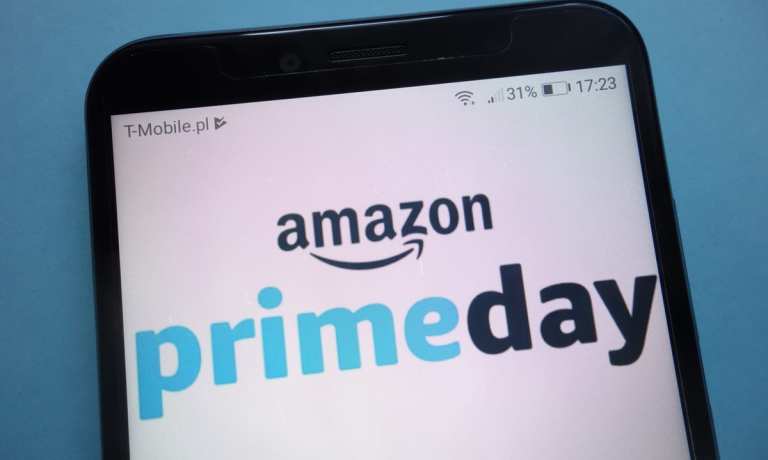Prime Day Shoppers Bought Smaller Items, More Groceries Vs Big-Ticket Binges

Shoppers who flocked to Amazon to pick up summer savings walked away with less in their cart on average than in previous years, a potential sign that the earliest Prime Day yet did not cannibalize back-to-school sales happening later this summer.
Amazon said Wednesday (June 23) that consumers in 20 countries purchased more than 250 million items, but according to retail analytics firm Numerator, the average order size this year was $44.75, an amount that marked an 18 percent decline from last fall and 24 percent reduction from the pre-COVID event in 2019. Forty-five percent of orders were for less than $20, and 32 percent of households spent less than $30.
Nearly 60 percent of items purchased were less than $20, and the average price per item was $31.76 — nearly $1 less than in 2020 and over $2 less than in 2019.
Numerator, which analyzed over 30,000 Prime Day orders from nearly 13,000 households, found that the top purchase categories included health and beauty, household essentials, consumer electronics and apparel. And, for the second Prime Day in a row, gift card reloads made the top five items sold — perhaps because of a $10 rebate promotion that CNN dubbed “free money.”
Additionally, 16 percent of Prime Day purchases were for groceries. If that grocery-buying trend held true across the industry, the summer sales event may have been a boon to rival Walmart which currently dominates the Food & Beverage category and where it still outsells Amazon by a 10-to-1 margin.
All of this comes as Amazon is poised to become the largest retailer in the U.S. after years of narrowing the gap held by its 60-year-old rival Walmart.
Success For SMBs
Prime Day was the biggest two-day period for Amazon’s third-party sellers, the company said, though the company did not disclose specific sales numbers. Of the over 2 million deals listed on the Amazon website, more than 1 million came from small and medium-sized businesses (SMBs).
In the two weeks leading up to Prime Day, Amazon said customers spent $1.9 billion on more than 70 million small business, receiving a $10 coupon to use during the summer sale. This is a 100 percent increase on sales compared to a similar promotion prior to Prime Day 2020.
Impact On Future Sales Days
In the first day of the summer deals, online sales surged past $5.6 billion, the most online sales over a 24-hour period so far this year. According to Adobe Analytics, retailers who bring in more than $1 billion in revenue annually saw a 28 percent increase in eCommerce sales Monday, while smaller retailers who bring in less than $10 million in revenue saw a 22 percent increase.
It remains to be seen whether an early Prime Day means lower sales during back-to-school sales in August or during the holiday season, but one silver lining is that only 3 percent of Prime Day sales were back-to-school purchases, according to Numerator. Still, Amazon said more than 600,000 backpacks, 240,000 notebooks and 40,000 calculators were sold worldwide during the two-day sale — items that may end up in the classroom in a few short months.
Retailers had fears last year that Amazon’s postponement of Prime Day to October would cause Black Friday and Cyber Monday, once the two biggest sales days of the year, to be less relevant. However, anxiety over a muted holiday shopping season turned out to be for naught — Cyber Monday sales still beat out Prime Day 2020 by approximately $500 million, according to Adobe Analytics. Nevertheless, this year’s Prime Day and competing sales are expected to net over $12 billion in the U.S., beating out the $10.4 billion in sales during last year’s Cyber Monday and raising the stakes for holiday shopping yet again.